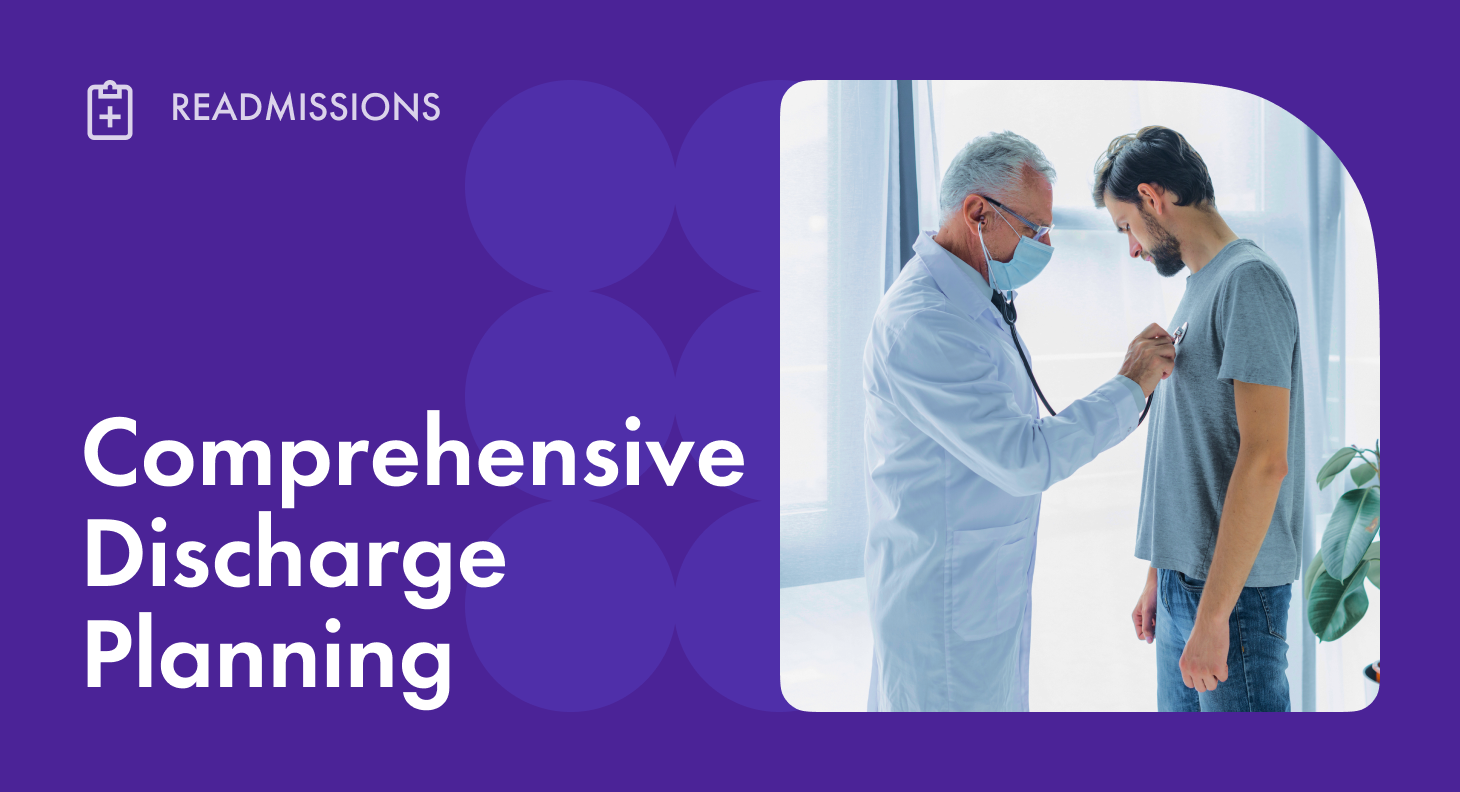Comprehensive discharge planning has a significant impact on the reduction of readmission rates which greatly improves the health outcomes without incurring extra costs. Therefore, the reduction of preventable readmission is essential because it improves hospital financial success and clinical excellence. This helps in cutting readmission rates, improving patient education, and fostering patient engagement.
A comprehensive discharge must adhere to the entire health scope based on patient needs which take into account the feedback from family and the patient. The discharge plan should consist of social problems, resources to call, health literacy patient support, nutritional needs, and medications. In today’s practice it is recommended to affect patient-centered discharge. Intensive interventions lead to a different implementation of programs and some hospitals are trying to create transitional care and support.
Comprehensive Discharge Planning Tools and resources
There is a need to effectively include the family and the patient in the identification of resources and needs which will form a good platform to plan for the discharge. However, failure to effect is brought by a lack of responsibilities and roles, failure to understand the cognitive functional status of the patient, insufficient time to create a discharge plan and failure to recognize that the clinical Status of the patient in the hospital is worsening.
Nowadays, most hospitals are trying to formalize the discharge process by including patient education and documentation. This is vital to prepare the discharge as per the hospital accreditation.
Therefore, a comprehensive discharge process should include the following:
- Assessment of patients’ abilities to provide essential care by considering the quality of life, early symptom recognition, early decision, and other functional and cognitive factors.
- Developing a shared comprehensive care plan that considers medical needs, patient preference, and values.
- An updated medication plan and summary of discharge.
- Preparation of follow-ups and patient visits.
The patient should be prepared for discharge by:
- Educating the patient about the diagnosis and ways to take care
- Using shared decision-making approach
- Providing lingual and culturally appropriate care
- Ensuring there is adequate time for consultation
- Reviewing the appropriate steps that the patient should take when a problem arises.
Discuss with the patient which will be responsible in following up the results
- Discharge planning format.
- A well-written discharge plan should contain the following information.
- Purpose of medication
- Reasons for hospitalization which captured the information on a particular condition
- Dosage for medication
- When to take medication
- How to obtain medication
- How to take medication
- Self-care includes activities such as weight monitoring and diet.
- Identification of DME which the patient will require for care
- Where to Obtain DME
- Purpose of DME
Management of symptoms- This involves recognition of the symptoms and what the patient can do when the condition changes or problem arises. This includes the symptoms that the health care should be notified on, emergency contact, how to contact and who to contact
Coordination and planning
Proper coordination and planning should be done by specifying the patient’s discharge based on the condition. Coordination should be done after doing various tests before the time of discharge. It is also important to ensure that the written discharge plan is easy to read and understand. To achieve this you will be required to include essential information on the health condition. Additionally, use plain, straightforward language. It should not be wordy to make it scannable.
Care Coordination upon discharge
After discharge there should be well-coordinated care. Therefore, there is a need to ensure the appointments that are given takes into account date and time. You should also use patients information and other necessary information from the radiology test, lab
You should also get in touch with nurses and doctors through emails in case of any questions. Therefore, care providers should be able to do the following:
- They should provide a discharge summary
- They know their roles and responsibilities
- They should ensure that the patient understands how to access medications and DMEs
- They should also ensure that the patient access transport for an effective follow-up appointment.
- The patient should also be sensitized and educated on proper procedures to ensure there is continuity in the caregiving process.
Well, the rate of readmissions can be reduced by having coordinated care, improving transitions, and discharge planning process. This calls for collective responsibility and commitment to the intervention measure that will ensure the whole process is successful.
Comprehensive Discharge Planning – Tools and Resources >








